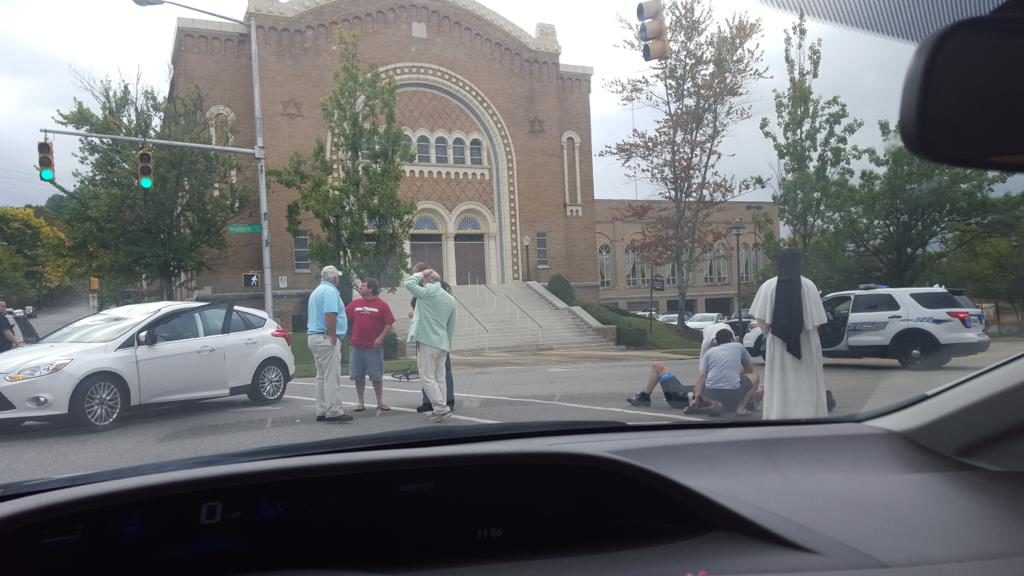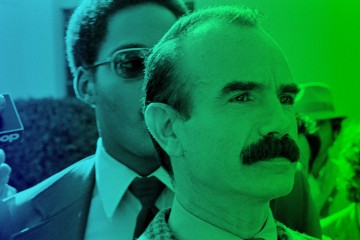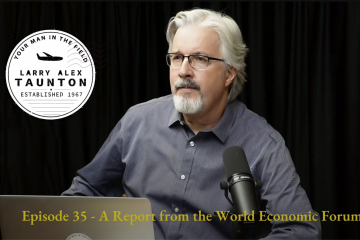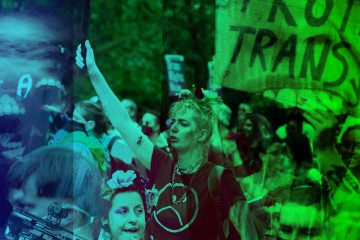Griffin Harris is a man who knows something about pain and loss. An alcoholic, Griffin had struggled to overcome his addiction and had enjoyed seasons of success. But the temptation, ever present, would eventually win out. It came at a terrible cost. In addition to his job, he lost his family when his wife, fed up, divorced him and took their little girl with her as she departed his life. Broken and alone, Griffin had little in front of him to give him hope.
But God, I think, likes using broken things.
Saturday, October 10, 2015, was a significant day for Griffin Harris. A clear, crisp autumn morning, he was celebrating one-year of sobriety. In recognition of that achievement, he would be given the honor of addressing his local Alcoholics Anonymous group later that day. Excited, he readied himself for the occasion. Because his license had been suspended, his friend, Andrea, picked him up at his Southside apartment and was driving him to the event where she would support him. Stopped at a traffic light, Griffin looked at his phone while Andrea fumbled with the radio.
God, I think, likes using broken things.
Suddenly, they heard brakes and a loud crash and crack. Looking up, they witnessed a horrifying sight: pieces of something exploding high into the air in all directions and “a man tumbling end over end like a ragdoll over the light poles.” Remembering it, another witness said, “I never imagined the sound of bones breaking could be that loud.”
Seeing the man “hit the ground like a sack of potatoes,” Griffin sprang from the car and rushed to the scene while Andrea called 911. Griffin could immediately see that the man, a cyclist, was unconscious and bleeding profusely from his head and mouth. Breathless and frightened, Griffin rapidly checked for a pulse and, finding none, he rolled him over and began CPR.
Like many, Griffin had been given rudimentary CPR training, but he had never been in a situation requiring it. Searching the man’s crushed abdomen for the tip of his breastbone, Griffin placed a palm on his chest and began pumping “1 and 2 and 3 and 4 and …” As he did so, a group of girls gathered around, held hands, and began praying; others ran for help or, like Andrea, called 911; and, as Griffin would say later, “a nun, who seemed to materialize from nowhere, stood over me,” her head bowed in deep meditation.
At some point, he’s not sure how long, the man, though still unconscious, coughed and began making a labored, loud wheezing noise that “sounded like a wounded animal.”
“I had nightmares about that sound,” one woman later said.
“I’ve never seen so much blood,” another observed. “It ran down the street like syrup.”
But Griffin was undaunted. His hands and arms covered in the man’s blood, he pressed on until emergency responders arrived. The cyclist appeared to be dead when his broken form was finally lifted from the road and taken away in an ambulance. As the screaming echo of sirens faded, Griffin believed that his efforts to save the man had been in vain.
“Andrea and I were certain he died. There was no way that man lived. No one could survive that.”
But “that man” did survive. Or, more accurately, I survived.
On my way to the hospital in the ambulance, I briefly regained consciousness. Blood pooling in my eyes, I could see only the silhouette of a woman, presumably an EMT, who, holding my shoulders, repeatedly shouted a command: “Stay with me! Stay with me! C’mon …!” Oddly, I recall wanting to obey her, but I couldn’t and lost consciousness again. Three liters of blood and six hours later, I was taken from the emergency room to the trauma unit where I was watched day and night for weeks. Surgeries would follow and on day five, with my blood pressure dropping and my face ashen, it was discovered that I had severe internal bleeding. Having no time to prep me and wheel me to the operating room, I was hurriedly rolled onto my left side, a hole was cut in my chest (without anesthetic), and a tube was fed through it to drain the more than three liters of blood then filling my lungs and putting pressure on my heart.
But “that man” did survive. Or, more accurately, I survived.
A physician assessed my injuries this way:
“[The patient] has sustained multiple severe injuries including multiple vertebral fractures, multiple rib fractures, a flail chest, scapula fracture, hand fracture, multiple facial fractures, among other severe injuries. They have led to the need for long-term medical interventions. He has significant total body impairment from these injuries. Calculating … his pain and resulting dysfunction, hearing loss, and possible other neurologic impairment issues, and dysfunction in the body in general, is practically not possible. Due to the multiple severe nature of these injuries … he will in all likelihood have lifelong functional deficits as a result.”
This is all, sadly, too true. Even so, the physician charged with overseeing my care called my eventual recovery and release from the trauma unit “a miracle.”
Some months later, I was doing an interview about the accident on a morning show. I had never heard of Griffin Harris. I had no memory of what happened to me that day following impact. And since I was taken from the scene unconscious and without identification – it was in my bike saddle but my bike had been blown apart and scattered all over the road – no witnesses knew who I was either. Griffin, who was at home as I was giving this interview, received a text from Andrea saying: “Turn on your radio right now! The guy we thought was dead, is alive! He’s on the radio right now!”
Shortly thereafter Andrea sent a photo to my website. The power of what I saw there filled me with emotion. The photo shows the car that hit me, its windshield and roof collapsed; the driver with his hand on his head; my unconscious body lying in the road; men performing CPR; and, dominating the whole picture, a nun stands over me praying. Miracle, indeed.

But the miracle began with Griffin Harris.
Whether he knew it or not, God had a plan for him that day. The decision to give life-saving aid was a choice. He might have told Andrea to keep driving. He might have stood by and watched as so many others did. He might have let legal concerns override his instinct to help. Had he done so, I am confident someone else would have provided assistance since the Lord had a plan for me that day, too. But Griffin didn’t do any of those things. A broken man nursing his own invisible wounds and fighting his own addiction, he made himself a vessel to be used for good.
Griffin Harris was an unlikely hero that day. But when I reflect on it, I can’t imagine it any other way. Galatians 6:2 tells us “To bear one another’s burdens, and so fulfill the law of Christ.” There is a wonderful symmetry in how the Lord binds and heals our wounds through other broken people. The theological fact of the matter is we are all broken. But not everyone realizes it. Some, self-blinded, look on the suffering and sin-crushed the way bystanders stood and watched as I nearly bled-out in the road.
Others, however, mindful of their own need for help amidst the struggles of their own lives, much more readily perceive the needs of others. They take action, and thus “fulfill the law of Christ.” When we allow ourselves to be used as Griffin did, our brokenness becomes something beautiful, and we not only fulfill the law of Christ, we see the fulfillment of another immutable spiritual law:
“And we know that in all things God works for the good of those who love him, who have been called according to his purpose.”


